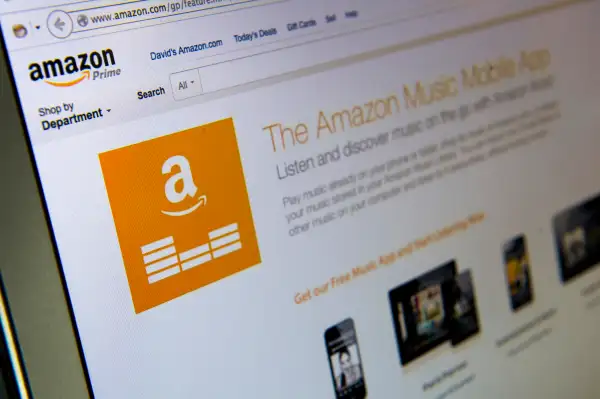Amazon Doesn't Always Show You the Lowest Priced Items First

If you're an Amazon customer thinking you're getting a good deal by shopping on the online retailer, you might want to think again.
An investigation from ProPublica looked at 250 frequently purchased products to see which ones were given the most prominent placement on Amazon. About 75% of the time, Amazon gave top billing to its own products and those of companies that pay for its services, even when there were significantly cheaper offers available.
That top placement is key; most Amazon shoppers will click "add to cart" for the offer pointed out in the buy box. "It's the most valuable small button on the Internet," technologist Shmuli Goldberg told Pro Publica.
While Amazon does give customers the ability to comparison shop through a list that ranks all vendors of the same item by price and shopping, those rankings don't list shipping costs. The result was that Amazon-related products received higher rankings more than 80% of the time.
The cost of buying Amazon-promoted products can add up. The average price difference between the product recommended by the algorithm and the actual cheapest products was $7.88 for the 250 products tested by Pro Publica. A customer who bought all the products on Pro Publica's list would have paid about $1,400 than if they had bought the least expensive items offered by other vendors.
Read More: Amazon Prime Membership Should Come With a Warning
Amazon responded to Pro Publica's investigation, saying that the algorithm that selects which product winds up in the "buy box" accounts for factors beyond price. "Customers trust Amazon to have great prices, but that’s not all— vast selection, world-class customer service and fast, free delivery are critically important," he said in a statement to Pro Publica. "These components, and more, determine our product listings."
One reason that Amazon's algorithm promotes its own products is that the company might be encouraging people to join the Prime program, which costs $99 annually and offers free shipping on many items. When non-Prime customers first view Amazon products, they are offered "FREE Shipping on eligible orders. They are only told the shipping fees when they reach the final page at check-out, along with an advertisement to avoid these fees by joining Prime.
Amazon Prime, meanwhile, is more popular than ever. Membership reached 54 million people as of early this year, and nearly half of those who shop on Amazon are Prime members. Amazon is being blamed as the reason that many brick-and-mortar retailers are struggling to keep their doors open, as more shoppers are buying online.